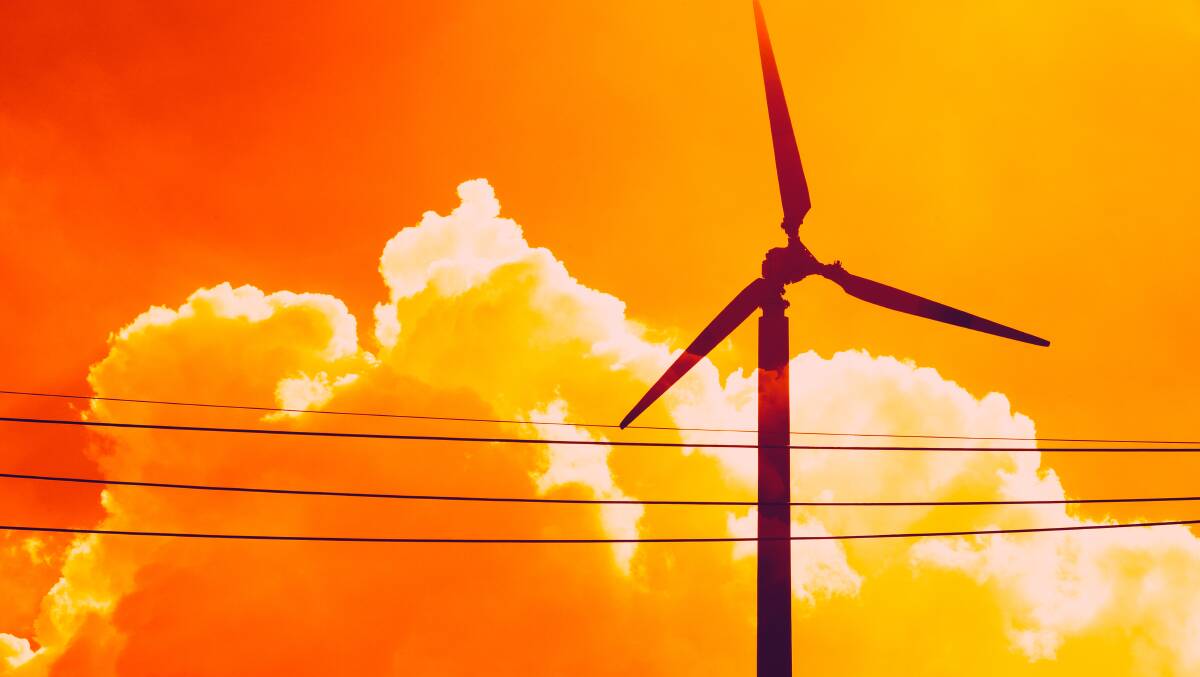Question: What transmission grid do we need for renewable energy?
Subscribe now for unlimited access.
$0/
(min cost $0)
or signup to continue reading
The existing high-voltage transmission grid originally comprised several state-based systems to carry electricity from a relatively small number of large power stations, mostly coal-fired, to cities and heavy industries.
Interconnections between some states were, and still are, low in capacity (NSW-Qld; Tas-Vic; SA-Vic) or non-existent (SA-NSW; SA-WA).

Nowadays, coal power is declining while renewable power is growing rapidly. Wind and solar farms are mostly located away from coal mining areas. They must compete for passage on existing transmission lines which are becoming increasingly congested.
Wind and solar farms are planned and constructed in two to three years, much faster than new transmission lines. Nowadays each developer is responsible for connecting their new power station to the main grid and there is no formal process for cooperation between developers in the same region. Strategic planning is needed.
Therefore the Australian Energy Market Operator has published an Integrated System Plan, which designates Renewable Energy Zones (REZs) for development. Each REZ will have multiple renewable power stations with a single reinforced transmission link to the main grid. REZs will be chosen on the basis of renewable resources and location of existing and potential transmission lines. Community consultation on design, environmental impacts and local economic benefits is essential.
For example, as part of the proposed Northern Tablelands REZ, following long community consultation, the Walcha Energy project is proposed for initially 1400 megawatts (MW) of wind and 700MW of solar PV with battery storage. For the second stage, 3000MW of additional wind firmed up with pumped hydro, the project would need a substantially upgraded transmission link to the main grid in the Hunter Valley, which may take five years to get approved and constructed.
The Integrated System Plan proposes new and upgraded transmission lines to be built in stages, but its proposed program is too slow for matching the rapid growth of wind and solar farms and for climate science. Also, its priorities are debatable. In my view, top priority should be given to upgrading the following links which are needed urgently: Qld-NSW, Northern Tablelands-Hunter Valley and major grid reinforcement in north-west Victoria where increasing congestion is already occurring with several new projects not yet completed.
A key issue is who pays for new and upgraded major transmission lines? Surely they are essential infrastructure to be funded jointly by Federal and state governments.
Response by: Dr Mark Diesendorf
Send your questions to AskFuzzy@Zoho.com Twitter @FuzzyLogicSci

